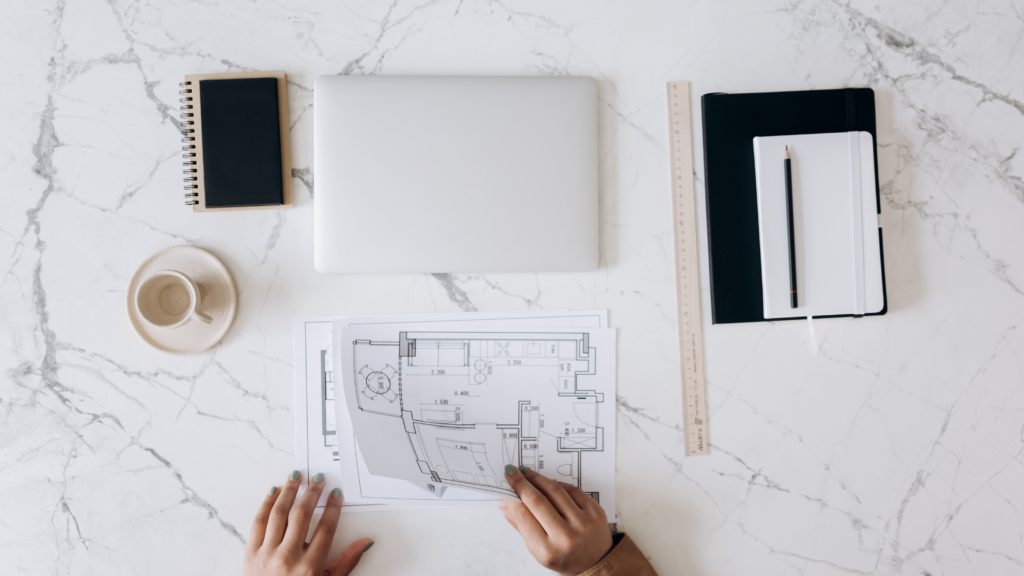
Approved Document M Volume 2: Buildings other than Dwellings, is one of the foundational documents in England for architectural accessibility and inclusion within built environments. So much so that it is one of the main documents our team of access auditors refer to when out on the job delivering our consultancy services.
Recently, His Majesty’s Government introduced a significant change to the document, with additional requirements included that were previously available as separate documents. The amended text now includes guidance inspired by Changing Places and Sanitary Provisions (Part T). The change means that ambulant accessible toilets must align with both Part M and Part T standards, strengthening the previously established mandate of including accessible toilet facilities in publicly accessible buildings.
As universal design consultants, we take note of significant changes to the full set of building guidance, ensuring that architects and design teams who we collaborate with are meeting their legal obligations before encouraging them to go even further. After all, Changing Places and inclusive sanitary provisions are key elements of built environments which we have historically recommended to clients who manage appropriately sized, publicly accessible buildings in anticipation of evolving standards of inclusion and access.
But what specific buildings and sites are expected to conform to these standards? As the name suggests, Volume 2 is the standard for any building that is not a “dwelling,” which means nursing homes, student accommodation, hotels, schools, sports centers, hospitals, museums, restaurants, and effectively any other building that might be visited by any member of the public. It ensures that anyone can enter and leave a building regardless of the extent of their physical ability and also sets the mandate for accessible toilet facilities. As one of a larger collection of approved standards, the document sets the baseline standard of buildings in England when it comes to accessibility, with separate standards available for Wales, Northern Ireland, and Ireland.
In many ways, Approved Document M is quite similar to the British Standard (BS8300), whose guidelines are instrumental in promoting accessibility across the built environment, urging stakeholders to surpass minimum standards. Although it lacks the legal weight of Building Regulations Doc M, its influence on creating inclusive spaces still cannot be overstated. BS 8300 serves as a guiding framework, advocating for best practices that pave the way for legal standards in accessibility, while building owners are universally obliged to conform to Doc M.
At Direct Access, we anticipate changes for other important standards in the near future. The previously mentioned Part T, for instance, is expected to be updated soon, setting out requirements to have separate male and female in every new building, as well as some new specifications for toilet types. While unisex toilets are allowed, providing separate restrooms will be mandatory. As consultants, we help architects understand the nuances of such guidance, ensuring they meet any and all legal precedents.
Docs M and T are just two of multiple standards that Direct Access will utilise in both our site audits and new-build consultancy. For instance, PAS 6463, Design for the Mind, is a document used by Direct Access consultants, architects, and designers in the interest of providing accessibility for neurodivergent people. It is a best practice standard that considers sensory and learning disabilities in ways that Doc M only partially acknowledges.
Though building owners are not legally obliged to take this guidance into PAS 6464 when designing buildings, it takes certain mandatory elements of Part M, such as an expectation for suitable colour contrast, even further to be inclusive of people with sensory disabilities. As auditors, we use it because what is considered a disability is not limited just to physical disabilities, and what is considered accessible by a legal standard does not represent true inclusion.
As a team of disabled people, creating truly inclusive environments is as paramount to us as ensuring that our clients do not face legal repercussions as a result of inaccessibility. Our universal design consultancy can help you meet standards set by documents M and T and take accessibility of your site further to be welcoming to people of all walks of life, regardless of disability. For more information, check out our Consultancy page for a full breakdown of our services.